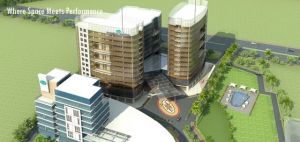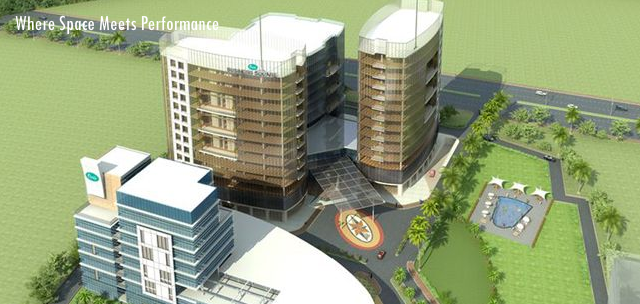 Track2Realty Exclusive: Some developers assert the redevelopment can add value in ways more than one and depends on the location and area of redevelopment. Diipesh Bhagtani Executive Director Jaycee Homes says in a particular location where the flats are already huge, a developer cannot offer a still larger space but can offer luxury.
Track2Realty Exclusive: Some developers assert the redevelopment can add value in ways more than one and depends on the location and area of redevelopment. Diipesh Bhagtani Executive Director Jaycee Homes says in a particular location where the flats are already huge, a developer cannot offer a still larger space but can offer luxury.
Also there has to be a demand for luxury apartments in that location. After identifying and analysing the criteria, a developer then decides as to what kind of a project one will execute.
“Redevelopment of projects has gained a lot of momentum in India in the last decade or so. Many leading developers have joined the redevelopment bandwagon. These large players certainly have the expertise and capabilities in redevelopment. Others are progressing fast. India in no way is anywhere behind in terms of technology or material used in construction today. Based on the climatic conditions and other environmental requirement, we have global expertise. Developers are fast becoming efficient in redeveloping projects,” says Bhagtani.
Redevelopment of a project is a lengthy process. It can be a very tricky and risky business. Developers generally find it difficult to undertake redevelopment of one or two buildings alone. Instead, they prefer societies having more areas as these suit them.
It is more a convenience factor than mere profitability. Also, there are many hassles involved in a redevelopment project. Some members of a society may not agree to redevelopment. In such a case, developer has to wait till most members of the society give the go-ahead for redevelopment. So, there have been instances where developers have opted out of redevelopment projects due to the lengthy time and innumerable hassles with members.
Experience suggests how the world has sold density is to couple it with better design standards. People in developed cities found density much more acceptable if new development was designed compatibly with existing neighbourhoods. A further benefit was that the city obtained new design standards.
Anshuman Magazine, however, is candid to put the blame for societies’ resistance on the lengthy approval process where clearances for redevelopment project take longer time than the normal projects. And since relocation of the existing habitation is a huge challenge, hence resistance by the residents and that is a spoiler for the average investor to get into such a project.
Public acceptance of redevelopment is often like a sine curve. In metropolitan urban areas there is great acceptance, but as one gets out to the first-ring suburbs, there is a real fear of density. Way out where populations are sparce it is not an issue.
It is an issue from a planning standpoint. Not all Indian city planners can claim neighbourhood opposition to infill development as a major obstacle to accommodating growth. However, failure to replicate Indian cities to Las Vegas often lies in holistic planning and will power.





